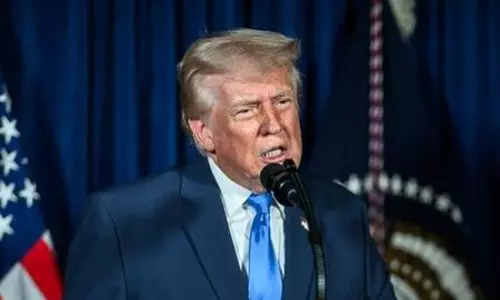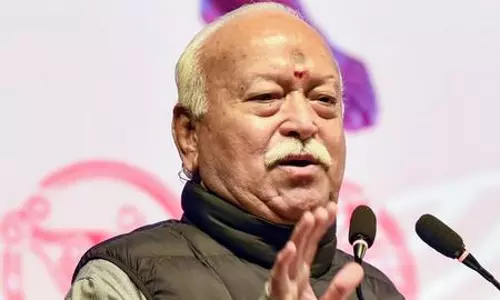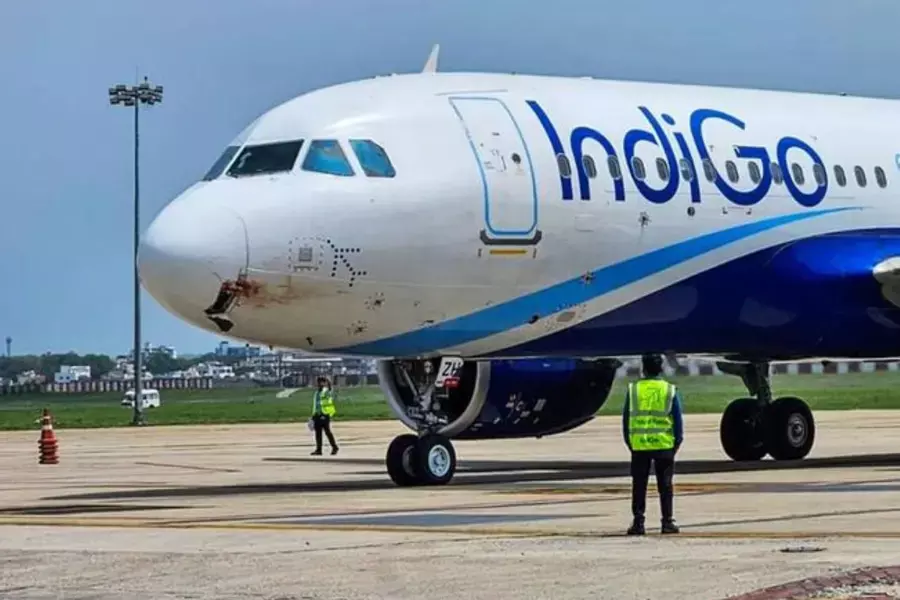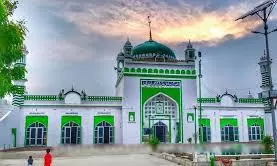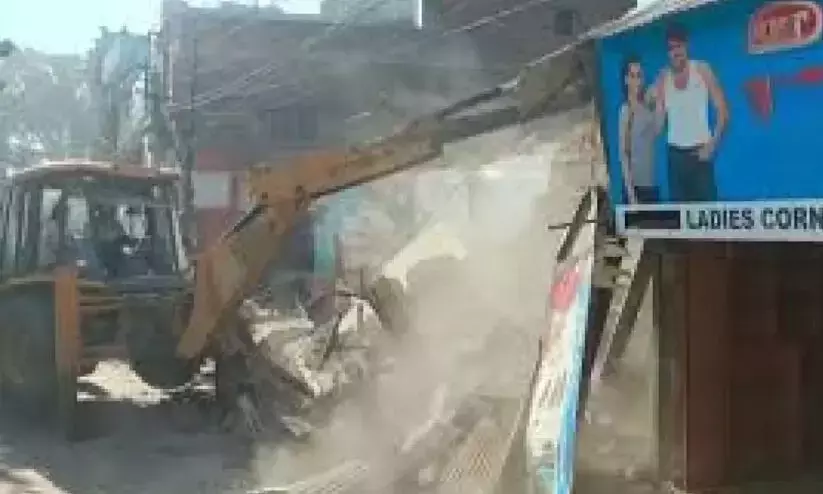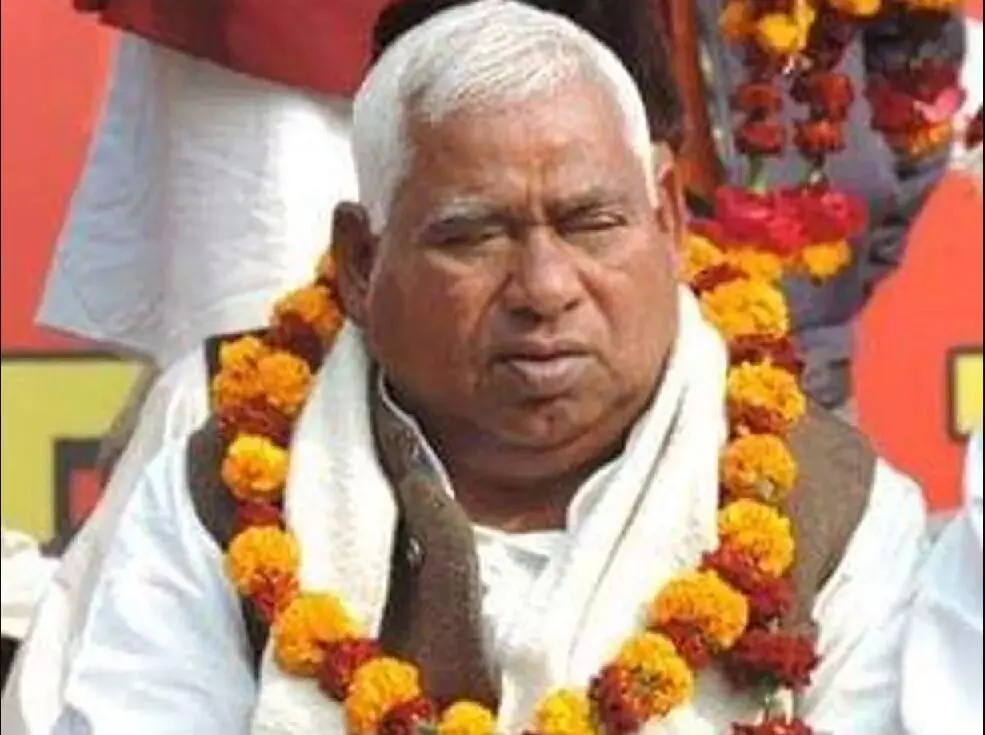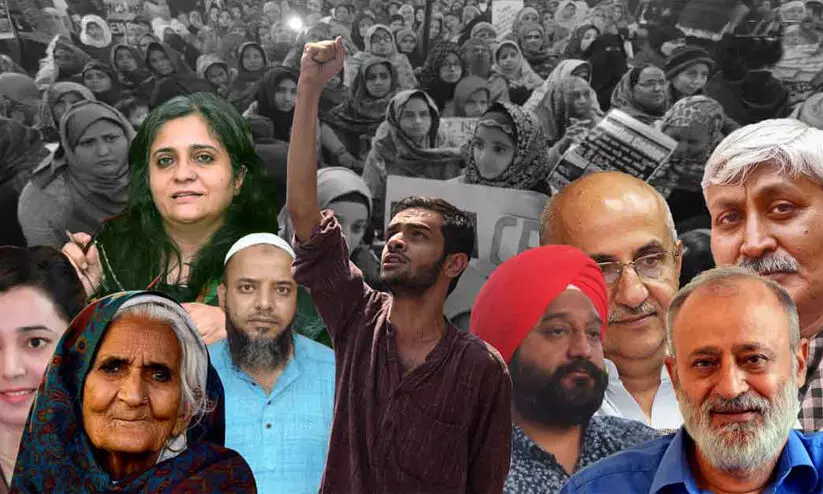
The struggle of minorities: Ayodhya and beyond
text_fieldsThe Shahi Jama Masjid in Sambhal, UP (file photo)
On November 24, 2024, a peaceful protest in Sambhal, Uttar Pradesh, turned into a bloodbath, claiming the lives of four Muslim men. The protesters had gathered to oppose a survey of a Mughal-era mosque, fearing it was another prelude to the expropriation of a minority religious site—a pattern reminiscent of the decades-long dispute over the Babri Masjid in Ayodhya. The tragic events in Sambhal are not isolated but symptomatic of the increasingly precarious situation of religious minorities in India.
The events in Sambhal cannot be understood without looking back at Ayodhya, where one of the most consequential moments in India’s communal history unfolded. The Babri Masjid, a 16th-century mosque built under the Mughal emperor Babur, became the focal point of Hindu-Muslim tensions in the late 20th century. Hindu nationalist organizations, led by the Vishva Hindu Parishad (VHP) and supported by the Rashtriya Swayamsevak Sangh (RSS) and Bharatiya Janata Party (BJP), claimed the mosque stood on the birthplace of Lord Ram.
The conflict came to a head on December 6, 1992, when a mob of Hindu activists demolished the mosque in broad daylight, as law enforcement largely stood by. This act of destruction was preceded by a nationwide Rath Yatra (chariot march) led by BJP leader L.K. Advani, which stoked communal tensions. The demolition sparked widespread riots, leading to the deaths of over 2,000 people, predominantly Muslims, in the worst communal violence the country had seen since Partition.
The legal battle over the disputed site dragged on for decades, deeply polarizing Indian society. In 2019, the Supreme Court of India awarded the land to a trust for the construction of a Ram temple, while directing the government to allocate an alternate plot of land for the construction of a mosque. The judgment, though framed as a compromise, was widely criticized for legitimizing an act of mob violence and setting a dangerous precedent.
The Ayodhya verdict emboldened majoritarian forces and gave rise to similar claims over other religious sites, including those in Mathura and Varanasi. For many Muslims, it was a stark reminder of their precarious position in a democracy that seemed increasingly inclined to favor the majority community.
Religious minorities, especially Muslims, have faced escalating violence and institutionalized discrimination in recent years. Amnesty International documented at least 128 punitive demolitions of predominantly Muslim homes, shops, and places of worship between April and June 2022 alone. Branded as “bulldozer justice,” these demolitions have been widely celebrated by leaders of the BJP. The reality, however, is grim. These demolitions often occur without due process and are used as tools of collective punishment against entire communities.
In Assam, Gujarat, and Uttar Pradesh, bulldozers rumble into action within hours of communal unrest, targeting only Muslim-owned properties while leaving adjacent Hindu structures untouched. Victims recount being forced out of their homes with no warning, often unable to retrieve personal belongings before their houses were reduced to rubble. These actions blatantly violate both national laws and international human rights norms, including the right to adequate housing and freedom from discrimination.
India’s judiciary, once a bulwark against majoritarianism, has increasingly been criticised for failing to protect minority rights. The Ayodhya verdict demonstrated the judiciary’s inability—or unwillingness—to hold powerful actors accountable for communal violence. In Sambhal, the mosque survey was allowed despite community protests and historical precedents showing the disastrous consequences of such disputes.
The implementation of the Citizenship (Amendment) Act (CAA) has further alienated Muslims by explicitly excluding them from its benefits, a move that critics argue violates the Indian Constitution’s guarantees of equality. Alongside the National Register of Citizens (NRC), these measures deepen the precarious legal status of many Muslims, exacerbating their vulnerability.
The impact of these policies and actions extends beyond physical violence to erode the social and economic fabric of minority communities. In Madhya Pradesh and Gujarat, children were forced to drop out of school after their homes were demolished. Business owners, many of whom were already struggling, have lost their livelihoods due to arbitrary government actions. The psychological toll of living under constant threat cannot be overstated.
Muslims are not the only group at risk. Christians, Dalits, and Adivasis have also faced rising violence and exclusion. Churches have been attacked, Dalit homes burned, and Adivasi lands expropriated in the name of development.
The Sambhal tragedy and similar incidents should be a wake-up call. India’s pluralistic fabric cannot endure unless the state acts decisively to uphold the rule of law and protect the rights of all its citizens. This requires immediate reforms, including the enforcement of anti-discrimination laws, judicial accountability, and the rejection of policies that institutionalize bias.
Yet justice is about more than courts and laws—it is about ensuring that every citizen can live without fear, prejudice, or persecution. The question India faces is stark: Will it uphold its constitutional promise of equality and secularism, or will it allow the forces of division to tear its social fabric apart? The answer will define not just the future of India’s minorities but also the soul of the nation.




